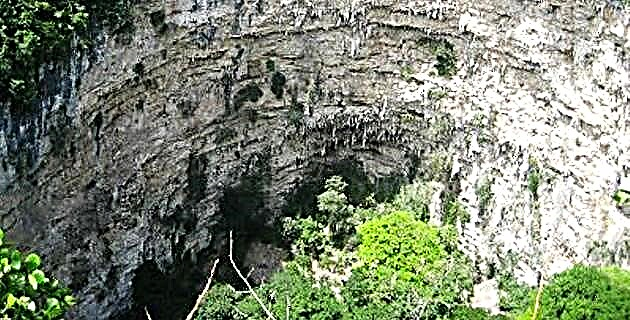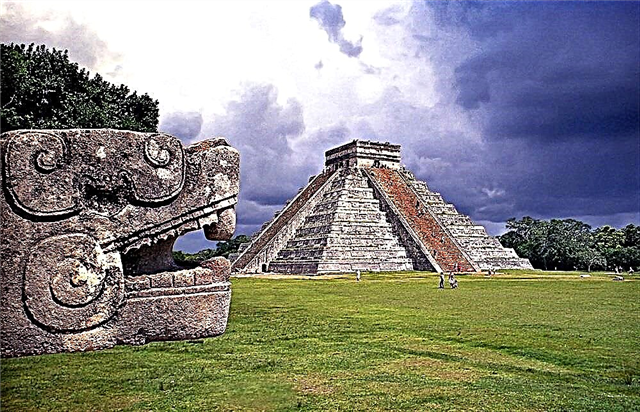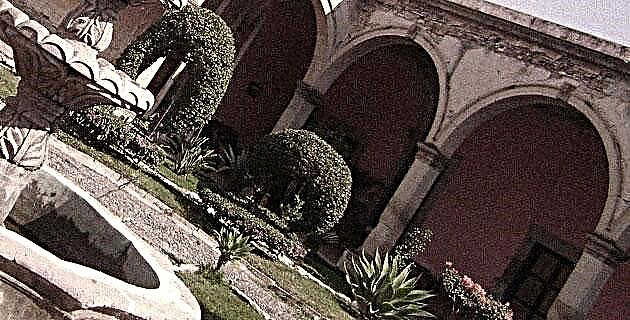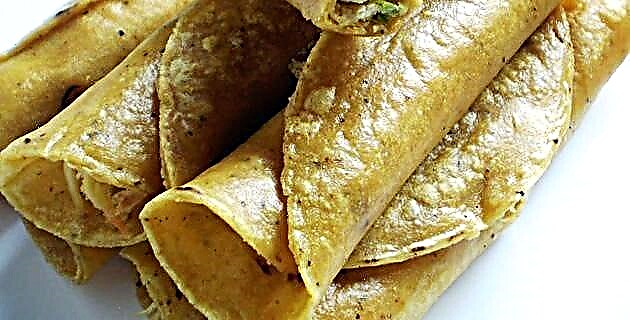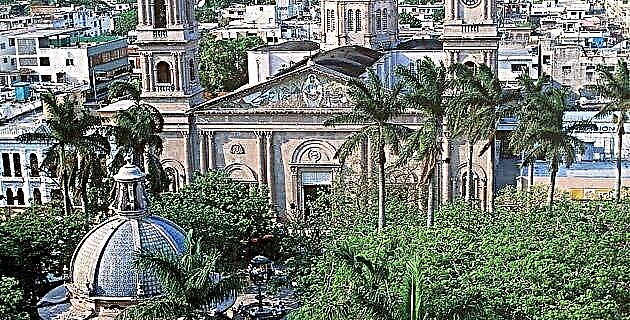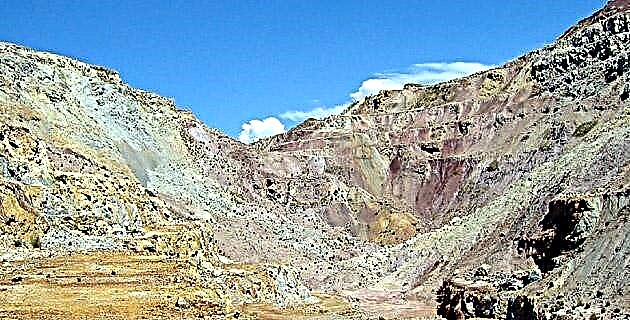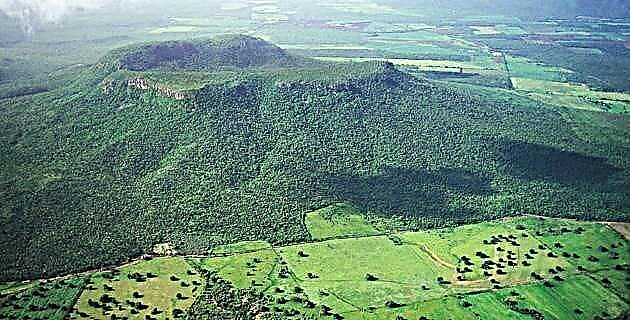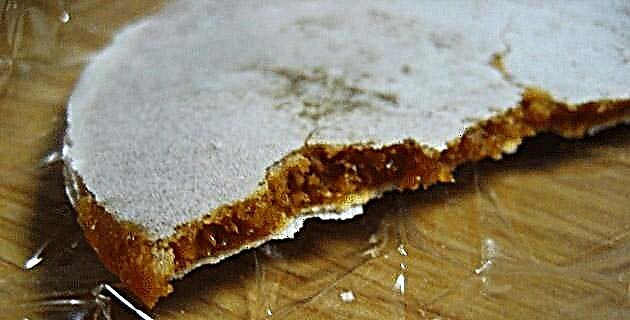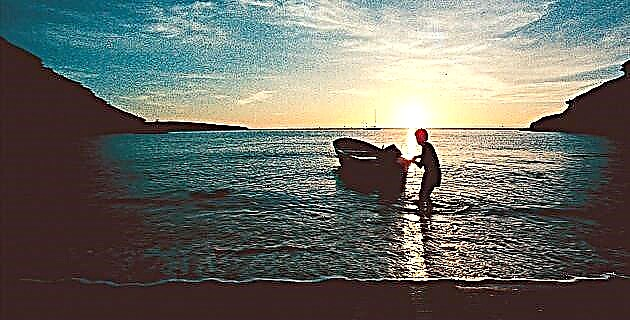
Taking a tour of the peninsular and marine coastal geography of Baja California Sur is to find a variety of arid, tropical, temperate and cold landscapes.
The land portion of the state is a strip of almost 700 km in length with a cordon of mountains that runs from north to south with heights that reach 2,000 m and a coastal strip of white sands and sharp cliffs that often reach the calm seas. and raging waves that invite the risky adventurer to slide on them.
Almost 40% of its territory declared a protected natural area offers the opportunity to find pristine landscapes with little industrial and urban development. From the Vizcaíno region, which also offers a beautiful desert landscape and further east the deep gullies of San Francisco with its ancient cave paintings in which the imagination of the ancient inhabitants captured the images of the fauna of the region. On the North Pacific coast, the extensive salt flats are home to wetlands where thousands of migratory birds arrive, such as geese, ducks, herons, tildios, diving ducks and white pelicans; There there are fishing populations that base their economy on the use of sea resources, such as abalone, lobster, snails. Clams and others.
The productive waters of Bahía Magdalena, Ojo de Liebre and Laguna San Ignacio were the sites chosen by the gray whale to carry out its courtship, procreation and delivery, a wonderful natural phenomenon that occurs annually from November to April.
Many other beautiful landscapes occur in Loreto, cradle of evangelization and sanctuary of ecotourism and sport fishing; from there, the oases are connected to San Javier, with its centuries-old olive trees, palm trees, aqueducts and irrigation canals; San Miguel and San José de Comundú, with their dates, mangoes and avocados, their preserves and sweet wines as well as their native palms, pride of the ranchers. Through the territory of the missionary route there are also the wild arid lands of mesquites, palo verde, palo blanco, governor, dipua, cat's claw, matacora and lomboy, which after the rains bloom with surprising colors creating a green carpet of light, bright and soft tones.
Mulegé offers the visitor the tranquility of its river connected to the sea, with its quiet houses on the water's edge and its old prison with doors always open, extending to the south with Bahía Concepción, an authentic coastal jewel with its mangroves, white sands, exclusive islets with seabirds and its generous waters of ladybug clams and scallops.
Baja California Sur also has the unmatched beauty of its islands, where there are various species of endemic animals and plants, secluded beaches visited by nature lovers and seas that are home to a great diversity of marine mammals and fish that are the delight of lovers. of sport fishing.
In the south of the state, the old city of La Paz has beautiful surroundings where mangroves and plums stand out, wild fruit of legend and tradition.
Towards the south, the Sierra de la Laguna, a Biosphere Reserve, jealously guards exclusive plant species that live on the site thanks to the abundant rainfall; there are abundant puma and mule deer. The mountains capture a large amount of rainwater that will feed towns such as Todos Santos, Santiago, Miraflores, Capuano and Los Cabos.
The largest, most beautiful and most visited beaches border the end of the peninsula, from Los Barriles with its fishing fleet, Cabo Pulmo, with the largest coral reef in the Mexican Pacific, populated by thousands of species of invertebrates and hundreds of species of fish. .
The sand waterfalls, a geological phenomenon of singular attraction in the waters of the Cabo San Lucas Bay, attract thousands of divers from different regions and nationalities, their granite formations and their triumphal arch announce the end of a land and the entrance to paradise .

